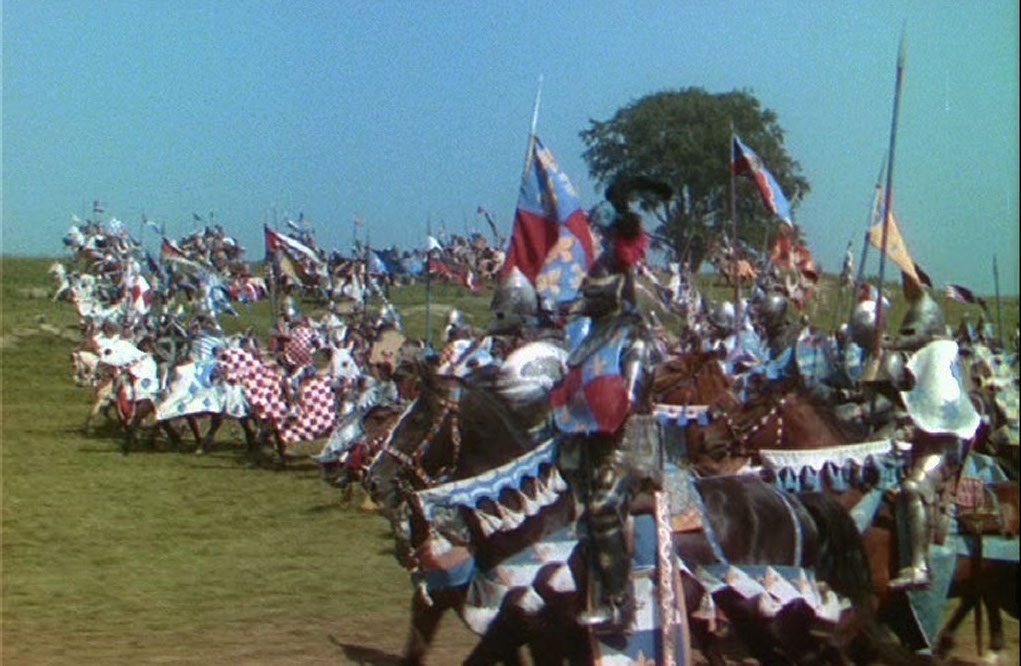As we continue our journey through the history of William Shakespeare’s Henry V, we come to one of the biggest debates surrounding the play: The representation of war.
This is, arguably, the defining theme of the play. The march to war – is it right? Is it just? Should each Englishman have pure faith in his king? The most interesting facet of this theme is its flexibility. By cutting a scene here or there, and focussing on other aspects of the story as a result, Henry V’s message can go in two vastly different directions.
Last week, for example, we looked at Sir Laurence Olivier’s cinematic retelling of Henry V from 1944. Olivier’s intention was to make a pro-war film, to rally the morale of Britain in the battle against Nazi Germany, by presenting a glorious English victory on the silver screen.
Olivier achieved this by removing King Henry V’s less likeable traits. In the written version of the story, Henry threatens rape and pillage on Harfleur. He also remorselessly beheads the Southampton plotters, including some of his close friends. Olivier deliberately cut this material, along with a reference to the fact England didn’t keep France for long after the events of Agincourt.
Olivier coupled these script decisions with some stylistic choices that presented the events of Agincourt like a mythical, legendary battle. His film was shot in Technicolor, using a mixture of matte paintings and physical sets to create a visual style that echoed the Christian devotional images seen in the medieval period’s Book Of Hours. This aesthetic backdrop meant Henry was practically represented as a Godlike deity in the film.
Olivier’s charismatic performance only added to this sense of propaganda, meaning that – although only a handful of scenes had been cut – the film almost entirely focused upon the glory of war, the righteousness of the monarchy, and the pride in representing your country. Indeed, when Olivier delivers the rousing St Crispin’s Day speech, you truly feel as if he believes its proud message.
This is only one side of the story, though. It’s the side that Olivier wanted to represent; the version he felt the British public needed to see in 1944. In the years surrounding Olivier’s film, from 1930 to 1960, there were seven significant stage productions of Henry V. Each new version would have presented Henry and war in a different a light to the last. This tradition carries through to each modern retelling, too.
If you want to know more about the different versions of Shakespeare’s Henry V, be sure to check back next week, when we’ll be looking at the first TV adaptation of the play.


Recent Comments